Depth of Field Explained
![]()
When you focus your camera, the area around the focal distance will also be in focus. But this can fall off to blur quickly or slowly. The acceptable amount of in-focus area around what’s you are focusing on is called depth of field.
Table of Contents
Terminology
Firstly let’s talk through some of the terminology so we understand all of the vocabulary related to depth of field. Some of them sound similar, but have very different meanings, we want to make sure we’re all on the same page.
- Depth of Field: The distance between the closest and furthest points in an image that are in ‘acceptable focus’.
- Narrow (or shallow, or small) Depth of Field: To have a shorter depth of field. To have a small amount of the image in focus.
- Wide (or deep, or large) Depth of Field: To have a larger depth of field. To have a large amount of the image in focus.
- Bokeh: The blur aesthetic caused by an object lying outside of the depth of field.
- Focal length: How wide or telephoto yours lens is. Eg. 24mm, 50mm or 200mm.
- Focal distance: The distance you select on your lens. Eg. 50cm, 1m, 5m.
- Infinity ∞: The maximum focus distance on your lens.
- Hyperfocal: The closest distance where everything from this point until infinity will be in focus.
- Maximum aperture: The largest aperture (smallest number) on your lens. Eg. f/1.4, f/2.8, f4 depending on your lens.
- Minimum aperture: The smallest aperture (largest number) of your lens. Eg. f/22 or f/29 depending on your lens.
- Prime lens: A lens of fixed focal length. A lens that doesn’t zoom. Eg. Nikon 50mm f/1.4 AF-S ED G lens.

Why Depth of Field is Important
When you are shooting, depth of field can play a large factor in how your image will be rendered and can change the meaning and intention of the image. You can choose to selectively isolate a subject from its background by having a narrow depth of field or alternatively you can make sure that everything from the foreground to infinity will be in focus, ensuring you have a sharp image throughout your image.
When and why you decide to choose these settings will be up to you, but some examples would be:
- Using a narrow depth of field in a portrait to separate the subject from its background.
- Using a narrow depth of field to de-clutter a background and focus on the foreground of an image.
- Using a wide depth of field in landscape shots to ensure everything is in focus.
- Using a wide depth of field when shooting through a frame to insure both the frame and the subject are in focus.
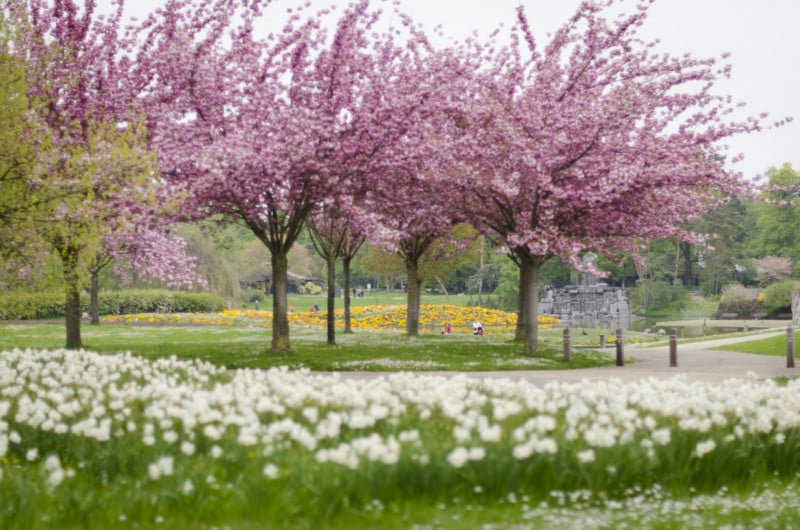
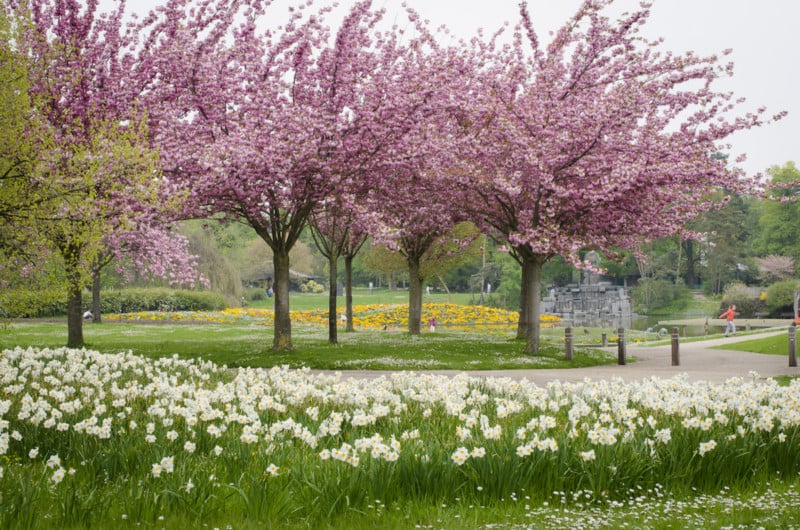


Aperture and Depth of Field
One of the most obvious factors to controlling depth of field is the aperture. When you have a smaller aperture (larger number) you will have a wide depth of field. In this instant, you will have a greater distance between the closest and furthest points in an image.
When you have a larger aperture (smaller number) you will have a narrower depth of field. The blurry parts that are not in focus are called Bokeh, and many people are quite a fan of the way it will render light.
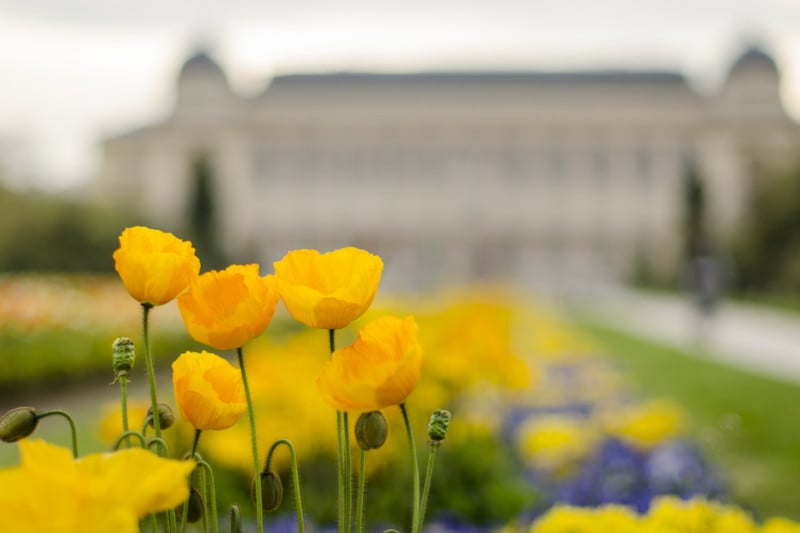
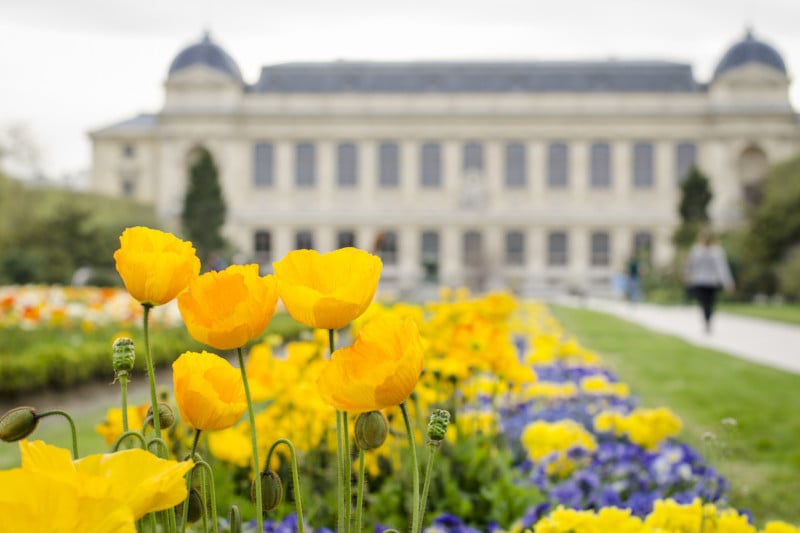
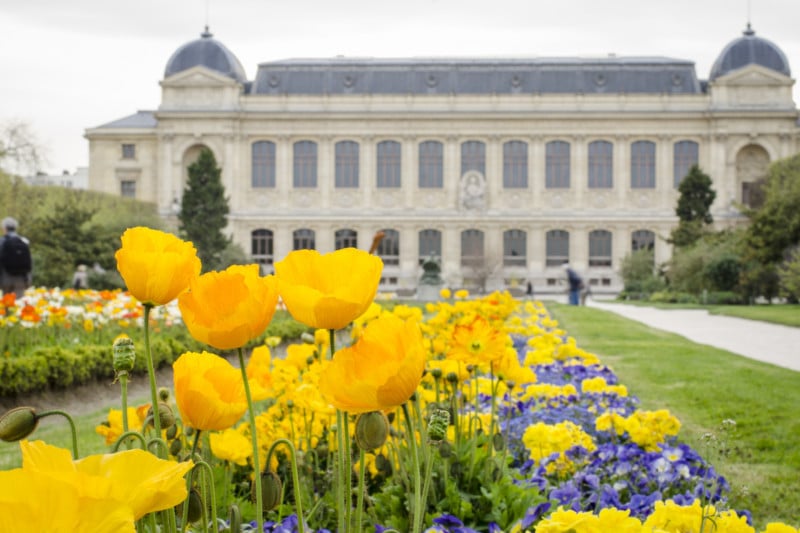
Focal Length and Distance Compression
Even though your depth of field in actual terms will be relatively the same at 24mm as 80mm and again as 200mm, the image will appear to be more out of focus when zoomed in. The reason for this is caused by ‘distance compression’; as we walk back and zoom in, keeping our subject the same size within the frame, the background has been brought closer.
Look at the example below; the chair has relatively the same amount of blur in each photo, but as we compress the background and make it closer to the image, it gives the impression of being more out of focus, by amplifying the out of focus area in comparison to our subject.
If, for example, your subject and background were both in focus in the 24mm image, they would still be in focus in the 200mm image as well. Only when it is out of focus can you amplify the effect.
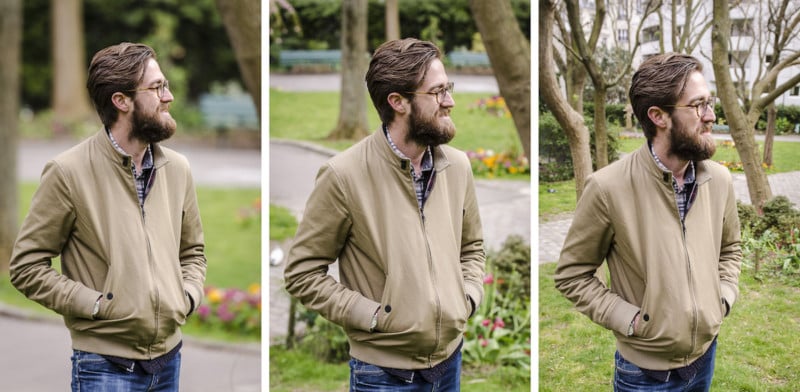
Left: 200mm f/4 | Middle: 70mm f/4 | Right: 24mm f/4.
The wider your lens is, the wider your depth of field will be. On my 8mm f/3.5 lens, for example, I can sit on f/5.6 and my hyperfocal distance is about 50cm, meaning everything from half a meter to infinity will be completely in focus. It can therefore be more difficult to have a shallow depth of field on a wider lens.
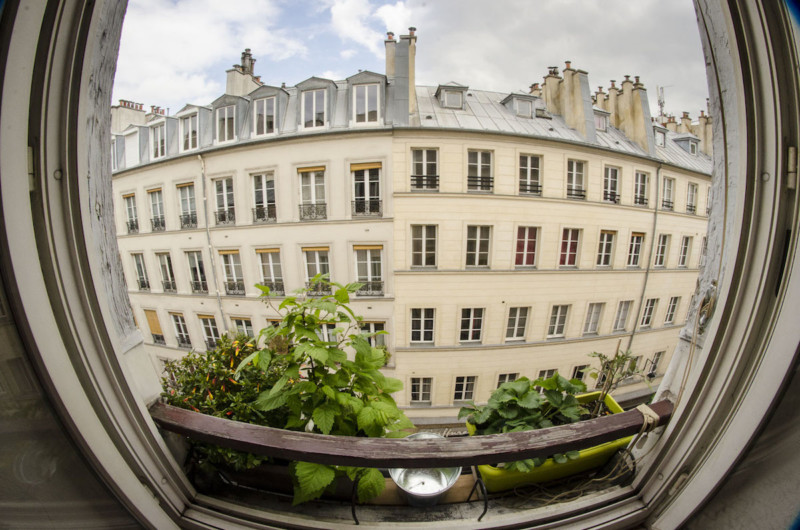
Focus Distance and Depth of Field
The focus barrel in your lens increases exponentially. Each lens is different, but take this example of a 50mm lens below. If we imagine the depth of field as being a fixed width on this exponential scale we can see that the further towards infinity, the larger the depth of field will become, without changing the aperture or focal length of your lens.
As you can see from the chart, at f/22 the depth of field is from 3m to infinity when the focus is set to 6m. But when the focus is set to 1m, still at f/22, the depth of field is now only from 85cm to 1.2m. When you bring the focus to 0.6m, the depth of field is now only from 55cm to 68cm.
![]()
But when you have the aperture set to f/2.8 the distance between the two points drastically reduces. When you are shooting a subject 60cm from the camera, the depth of field is only 4cm, as opposed to 1.3m when you were shooting at f/22
If you want to have a narrow depth of field, bring your subject closer to the camera.
If you want to have a deep depth of field, move your subject further away from the camera.
Hyperfocal Distance
Because the depth of field is a fixed width on an exponential focal plane inherently you will get approximately ⅓ of the distance in front of the focal point in focus and ⅔ of the distance behind the focal point in focus. If you know exactly how much distance you have in front and behind you can focus slightly in front of the focal point, or slightly behind to increase or decrease the depth of field in an image.
For example, if you wanted to maximize your depth of field to include infinity, you can focus forward of infinity to include infinity at the end of your depth of field, not in the middle, and bring closer your hyperfocal distance. With our same 50mm example from before, you can set your camera at 30m at f/2.8 and get everything from 15m to infinity in focus. At f/8 if you set the focus to 10m everything from 5.1m until infinity would be in focus. At f/22 if you set your camera’s focus at 6m, everything from 3m to infinity would be in focus.
![]()
It is for this reason that if you are shooting anything further than 15m on a 50mm lens, your aperture literally doesn’t affect depth of field. Anything beyond 15m has hit hyperfocal at all aperture stops and everything will be in focus.
On the PhotoPills website is a really handy Depth of Field Calculator that will specify hyperfocal distances, as well as all other depth of field calculations.
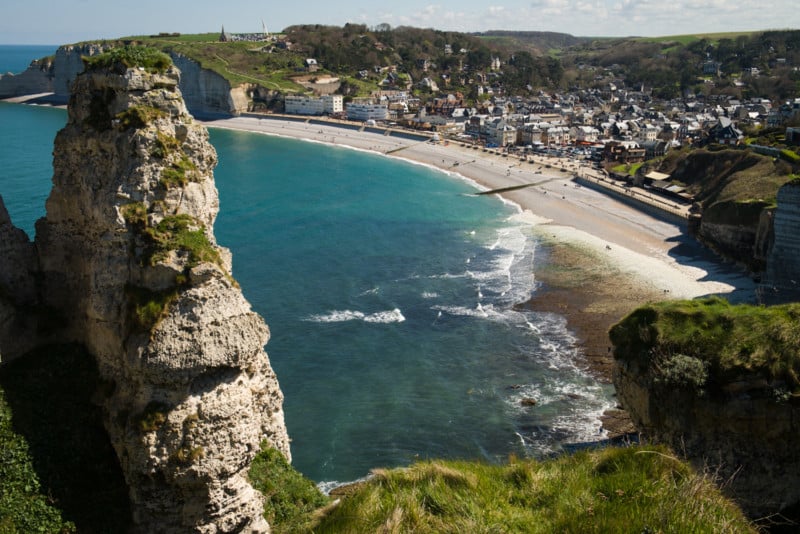
The Speed of a Lens
We often talk about the “speed” of a lens or having a “fast” lens. When we are talking about this, we are talking about how large the aperture can open. Many versatile zoom lenses will have a maximum aperture of f4 or f/5.6 which will make it difficult to get a real narrow depth of field.
A high-quality zoom lens and some prime lenses will be “faster” and have a maximum aperture of f/2.8. We call them faster lenses because when you can shoot at a larger aperture, you can increase the shutter speed with the same amount of light.
A high-quality prime lens, like a 35mm, 50mm or 85mm will go down as low as f/2 or even f/1.4 giving you a remarkably thin depth of field. For a portrait shoot with a 50mm f/1.4, you can focus on the eyes, and have the tip of the nose and the ears already blurry.
There are some exceptional lenses that are faster than f/1.4, going as fast as f/1 and even f/0.8, but these lenses are very rare and specialist lenses.
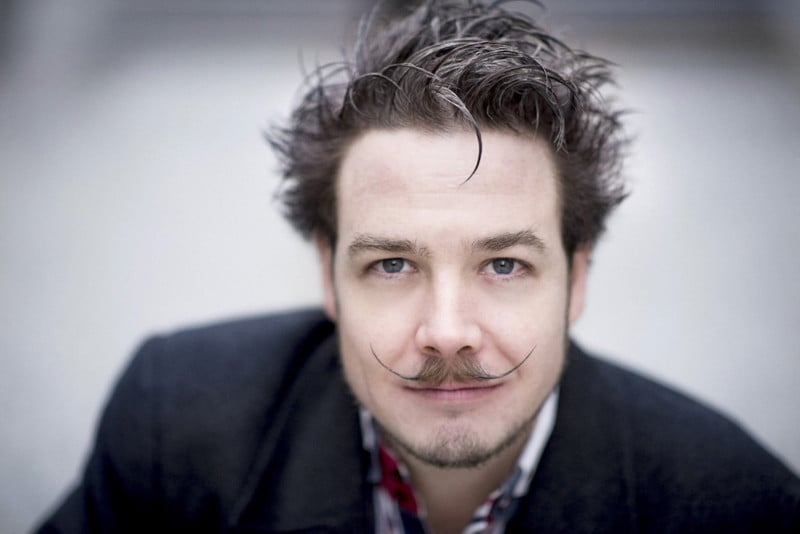
Variable Aperture Zoom Lenses
I have a f/3.5 to f/5.6 lens. What does this mean?
Some zoom lenses have a variable maximum aperture. Usually, the maximum aperture is larger at the wider focal length, and smaller at the most telephoto length. So if your lens is a 24-105mm f/3.5-f/5.6, it will mean that at 24mm you can go as low as f/3.5 but when you are zoomed into 105mm, the largest aperture you can have will be f/5.6.
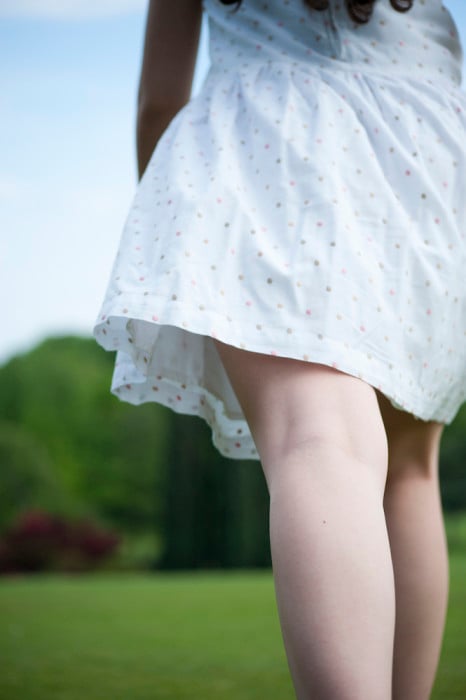
Affordable Lenses for Shallow Depth of Field
I really like shallow depth of field and bokeh, but I am not a millionaire, is there a good lens you could suggest?
Both Nikon and Canon have very high quality 35mm and 50mm f/1.8 for under $200. The standard focal length means you will have the ability to shoot close and get a narrow depth of field. Most lenses won’t go as fast as f/1.8 and for only a few hundred dollars they should be a standard part of every photographer’s kit.
- Nikon AF-S DX Nikkor 35mm F1.8G (DX Lens) $200
- Nikon AF Nikkor 50mm f/1.8D (FX lens) $135
- Canon EF 50mm f/1.8 STM (full frame lens) $125
Note that the D Nikon AF Nikkor 50mm f/1.8D is manual focus only for the following cameras. D5500, D5300, D5200, D5100, D5000, D3300, D3200, D3100, D3000, D60, D40, D40x. For autofocus you will need to buy the $220 Nikon AF-S Nikkor 50mm f/1.8G
Does Sensor Size Change the Depth of Field?
This is a little bit of a tricky one. Yes… and no. The depth of field between two identical photos from a full-frame camera and a cropped camera would look the same. Where the blurry line is, is that a full-frame camera has more of the scene in the shot. So to compensate you will need to bring objects closer to achieve the same ratio.
From what we have learned before, we note that bringing images closer to the camera will give a narrower depth of field, giving the impression that a full frame camera can produce a narrower depth of field.
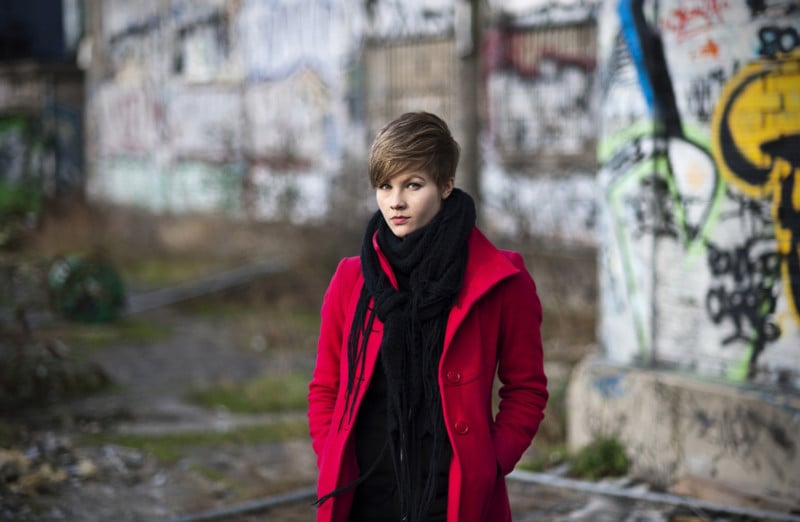

Easy Depth of Field Tips
To increase your depth of field (make a larger depth of field, make more of your image in focus):
- Use a smaller aperture (higher number) eg. f/16 or f/22
- Use a wide angle lens. Eg. 14mm or 24mm
- Have your subject further away from your camera.
To have a narrow (or small) depth of field:
- Use a large aperture. Eg. F/1.4 or f/2.8
- Zoom your lens in. Eg. 80mm or 200mm
- Have your subject closer to the lens.
So hopefully you understand how to get great bokeh or to keep everything tack sharp now. Don’t be discouraged if you need to reread this article to set everything in your head. It will take time, and most importantly, practice.
P.S. Why not come on a photography tour with Aperture Tours in London, Paris, or Venice and learn with a professional photographer in a photogenic city.
About the author: Alexander J.E. Bradley is the founder of Aperture Tours (formally Paris Photography Tours) and heads up the tours in Paris. A professional photographer for over a decade Alexander enjoys shooting the surreal by mixing dreamlike qualities into his conceptual images.
You can find more photos and articles like this on the Aperture Tours website, or by following Aperture Tours on Facebook, Twitter, and Instagram. This post was originally published here.
Image credits: All photographs by Alexander J.E. Bradley unless otherwise credited. All photos used with permission.